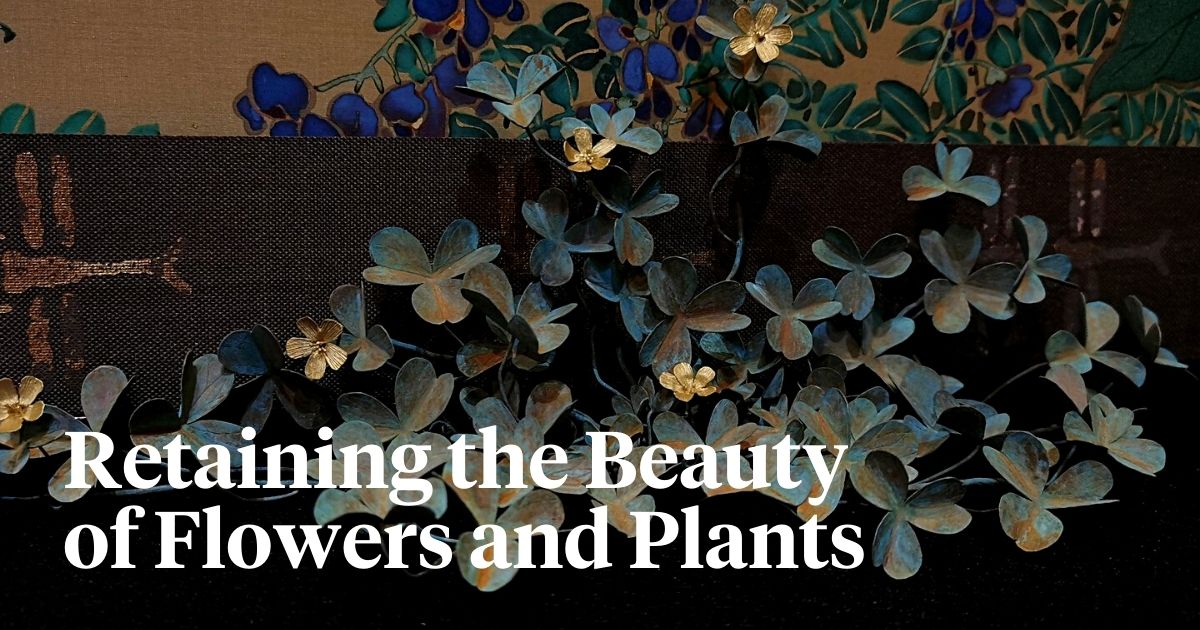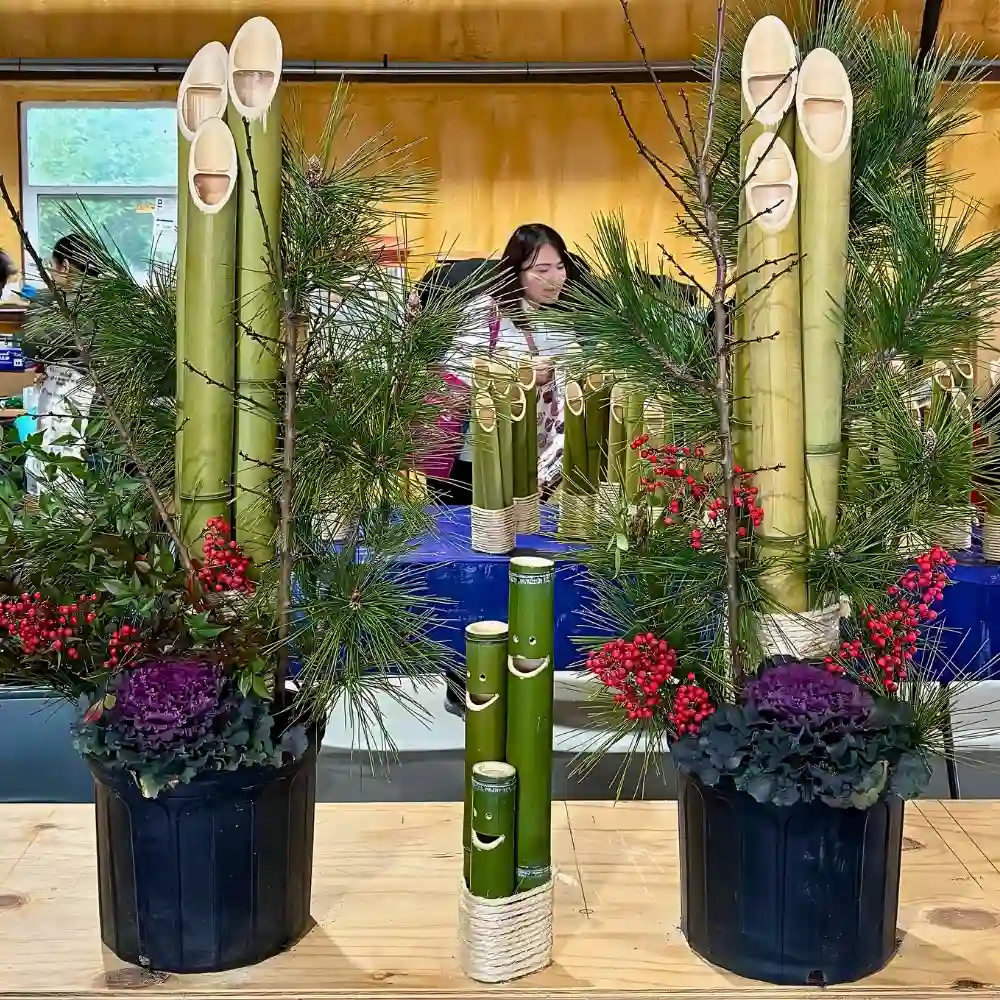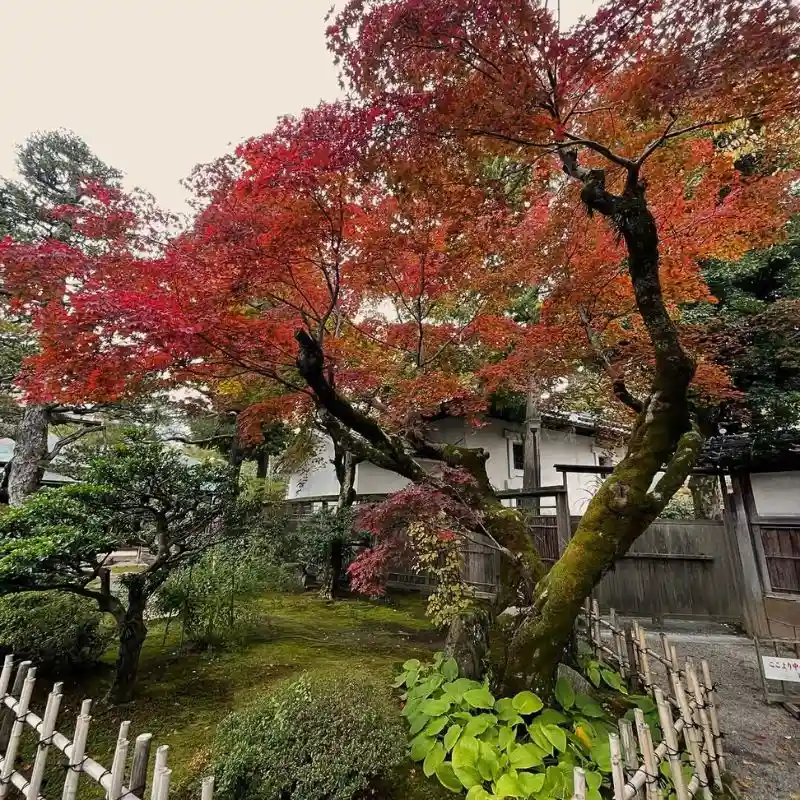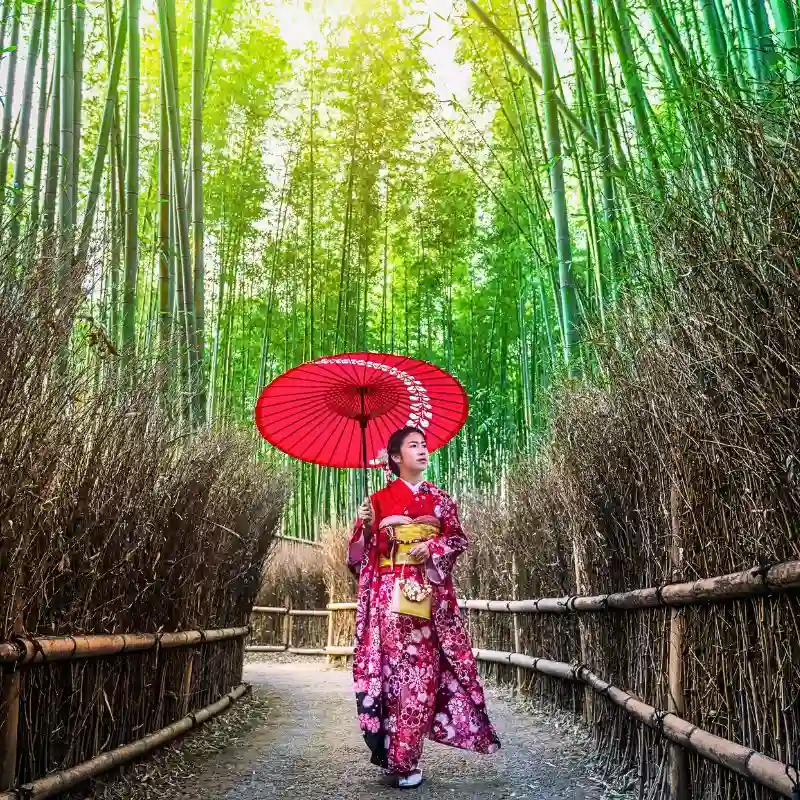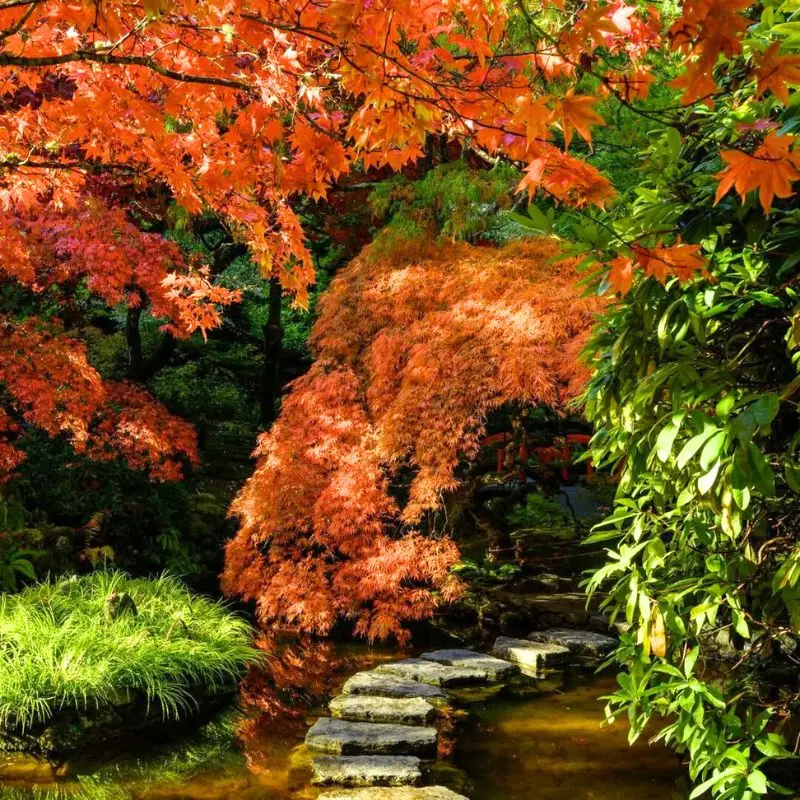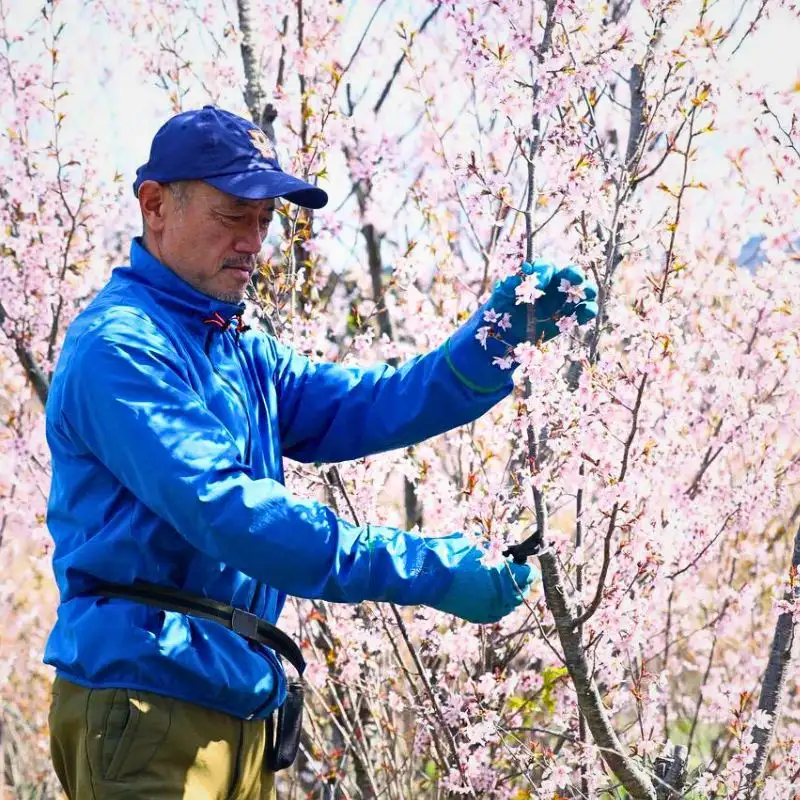Shota Suzuki, a talented artist based in Kyoto, Japan, has continued to enthrall audiences worldwide with his extraordinary metal sculptures inspired by the world of nature and flowers. Suzuki's craftsmanship and artistic vision allow him to recreate the delicate beauty of various floral specimens, showcasing their ephemeral nature in enduring metal forms.
For him, the sculptures pay homage to the wondrous and transitory characteristics of nature and these plants. They make evident the notion that even in the transient nature of plants and flowers, they still can be preserved in forms that showcase their grace and beauty in lasting ways.
The Artistry of Shota Suzuki
The Japanese artist’s creative journey began with his deep appreciation for the natural world and a fascination with the fleeting beauty of plants. As a child, he experienced the simple joy of blowing dandelion seeds into the air, a memory that would later inspire his artwork. His sculptures, consequently, pay homage to these dreamy moments and seek to evoke a sense of appreciation for nature's makings.
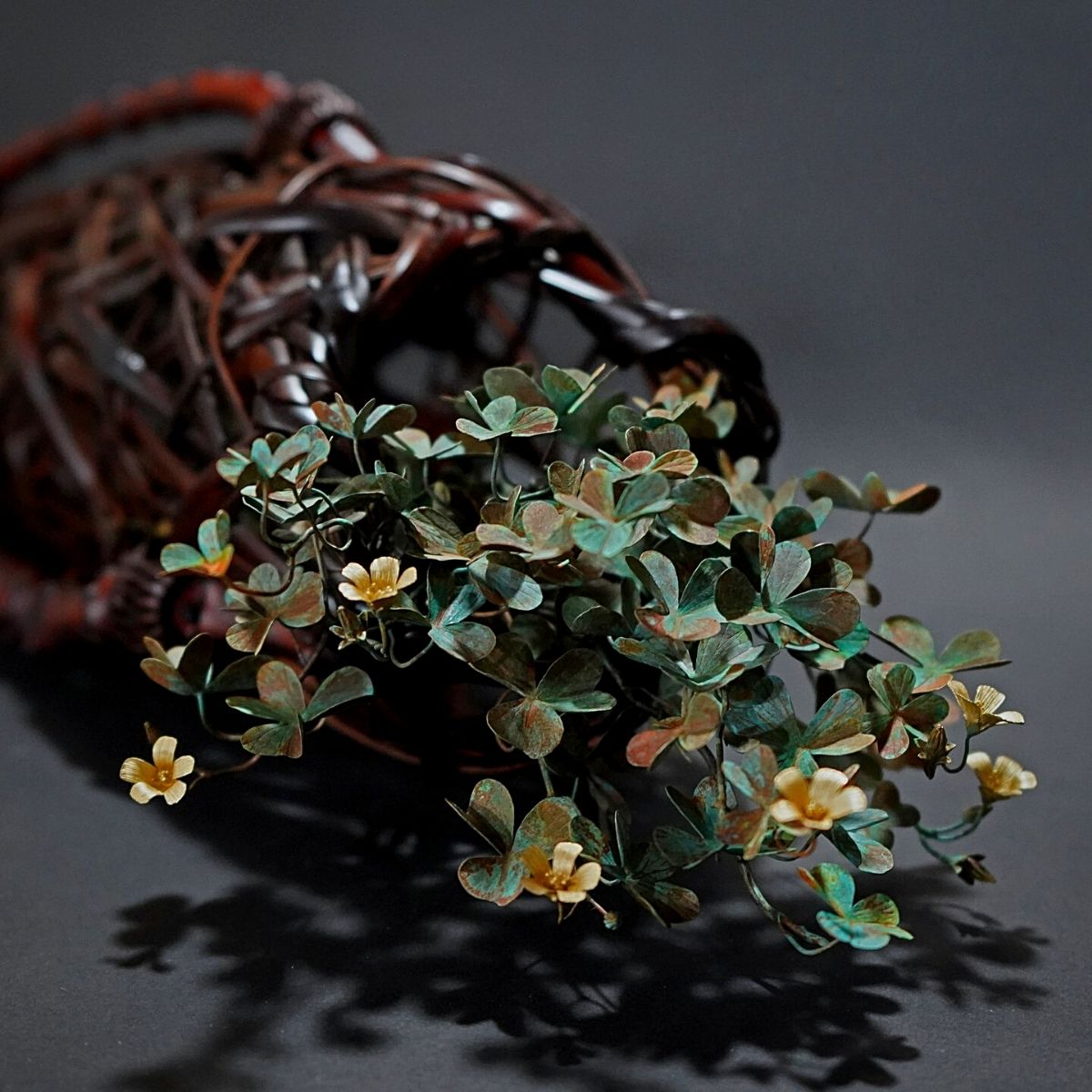
Years later, his fascination with both nature and metal grew during his studies at Tohoku University of Art and Design, where he encountered an old technique of processing metals. This technique involved carving and changing colors to create stunning visual effects. Intrigued by the possibilities, Suzuki saw an opportunity to combine his two passions and embark on a creative journey like no other.
It was while studying metalsmithing at the university that he mastered the skills that now enable him to model that which he sees in the world and drawing upon rich natural colors, imagines plant life from brass alloy and other metals such as gold, silver, copper, and nickel.
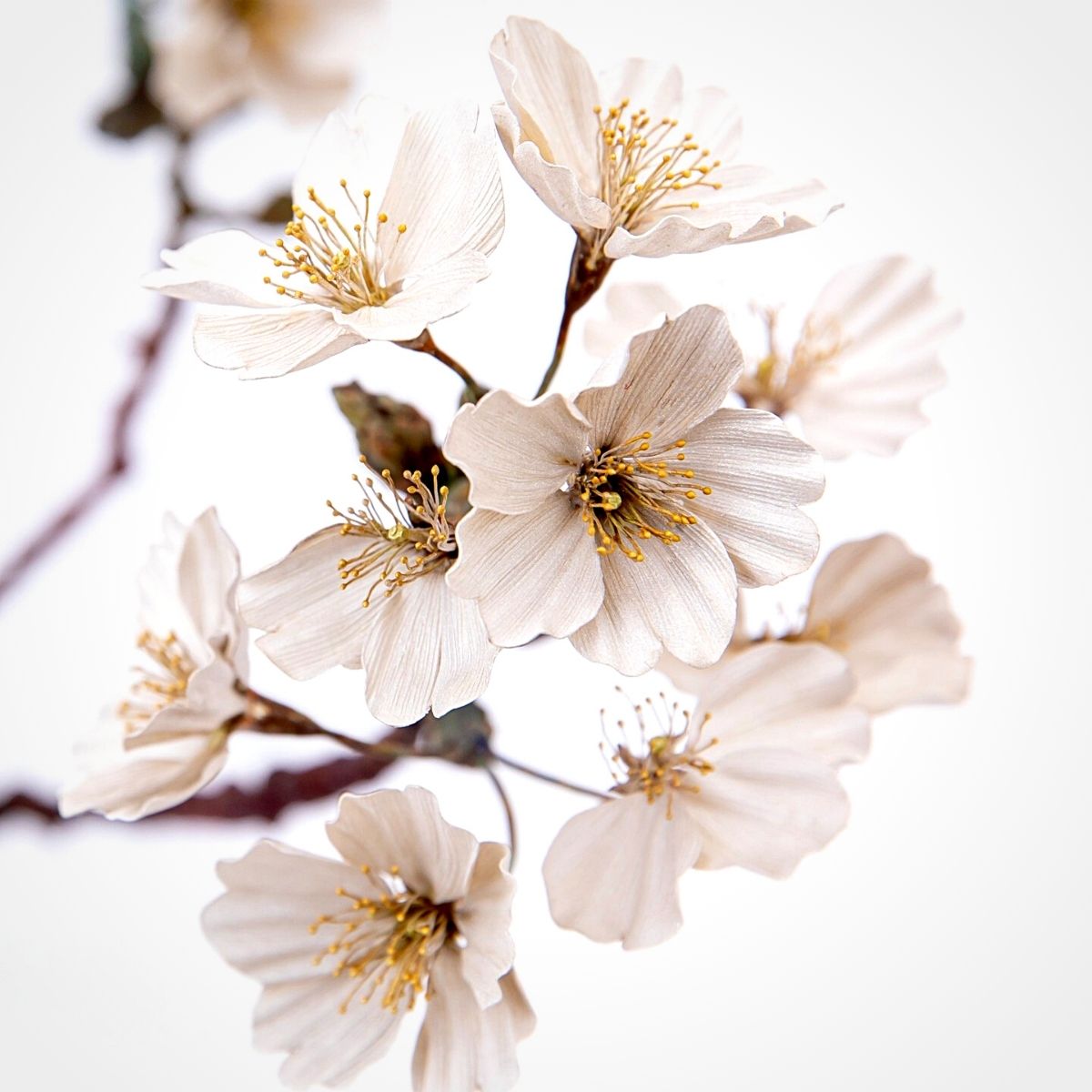
One would, therefore, say that Suzuki's artistic journey is deeply rooted in his admiration for the ethereal appeal of flowers, and draws from his childhood memories and personal experiences to conjure a sense of wonder and appreciation for the intricate details and fleeting beauty of floral botanical wonders.
His Fascination for Nature
In his works, Suzuki's fascination for nature goes beyond the visual appeal of plants. He is captivated by the ever-changing states and intricate processes of growth and decay that occur in the natural world. The artist finds beauty in the way flowers bloom, bud, leaf, and eventually wither. The movement of the wind, causing stems to sway and petals to dance, adds an ephemeral quality to the plants' existence.
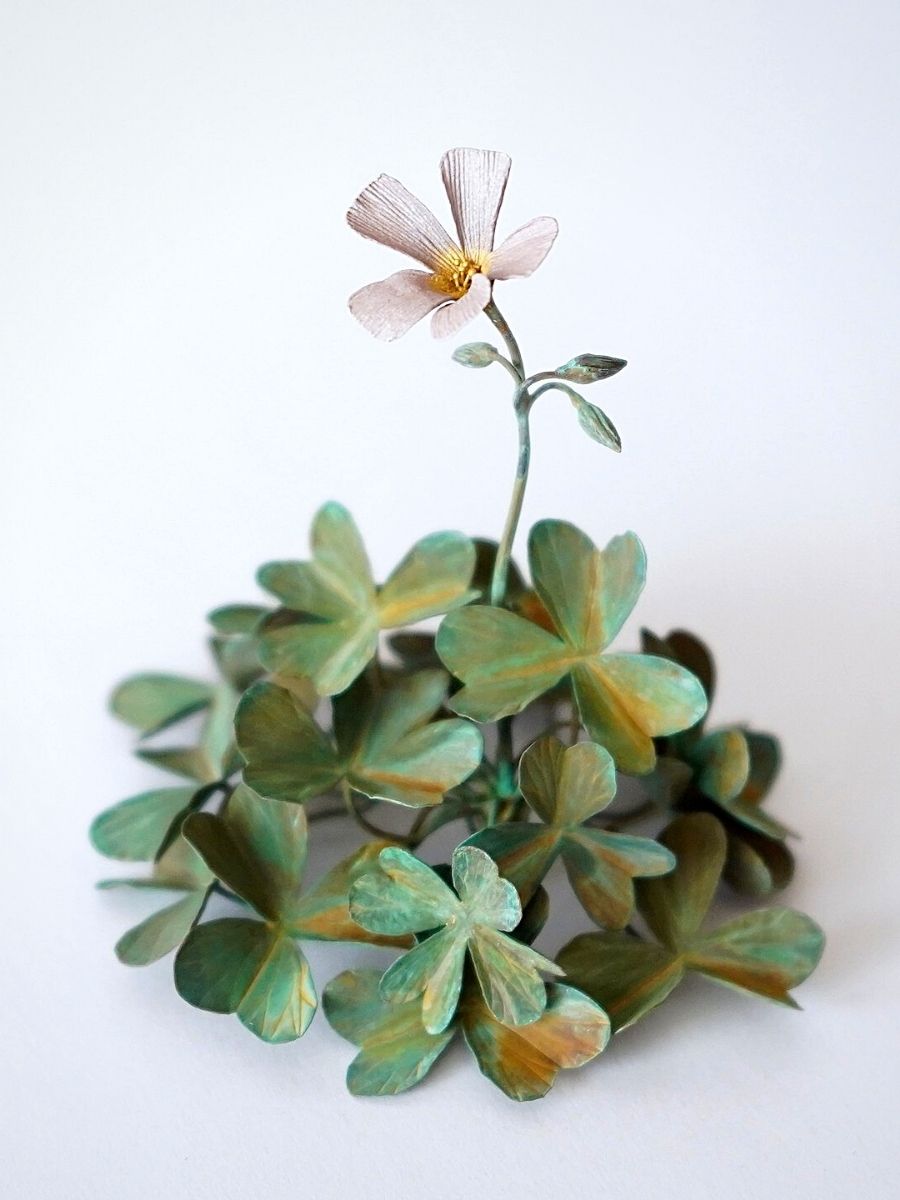
With a keen eye for observation, the Japanese artist dedicates countless hours to studying the flowers in their various stages of life; walking through his neighborhood, and seeking out weeds in yards and sidewalk cracks, which many may consider undesirable, but he, alone, sees the hidden beauty in these humble plants and strives to showcase their delicate draw through his art.
He then builds the sculptures, capturing and preserving the fleeting moments of nature's beauty by recreating each stage of the flower or plant's life.
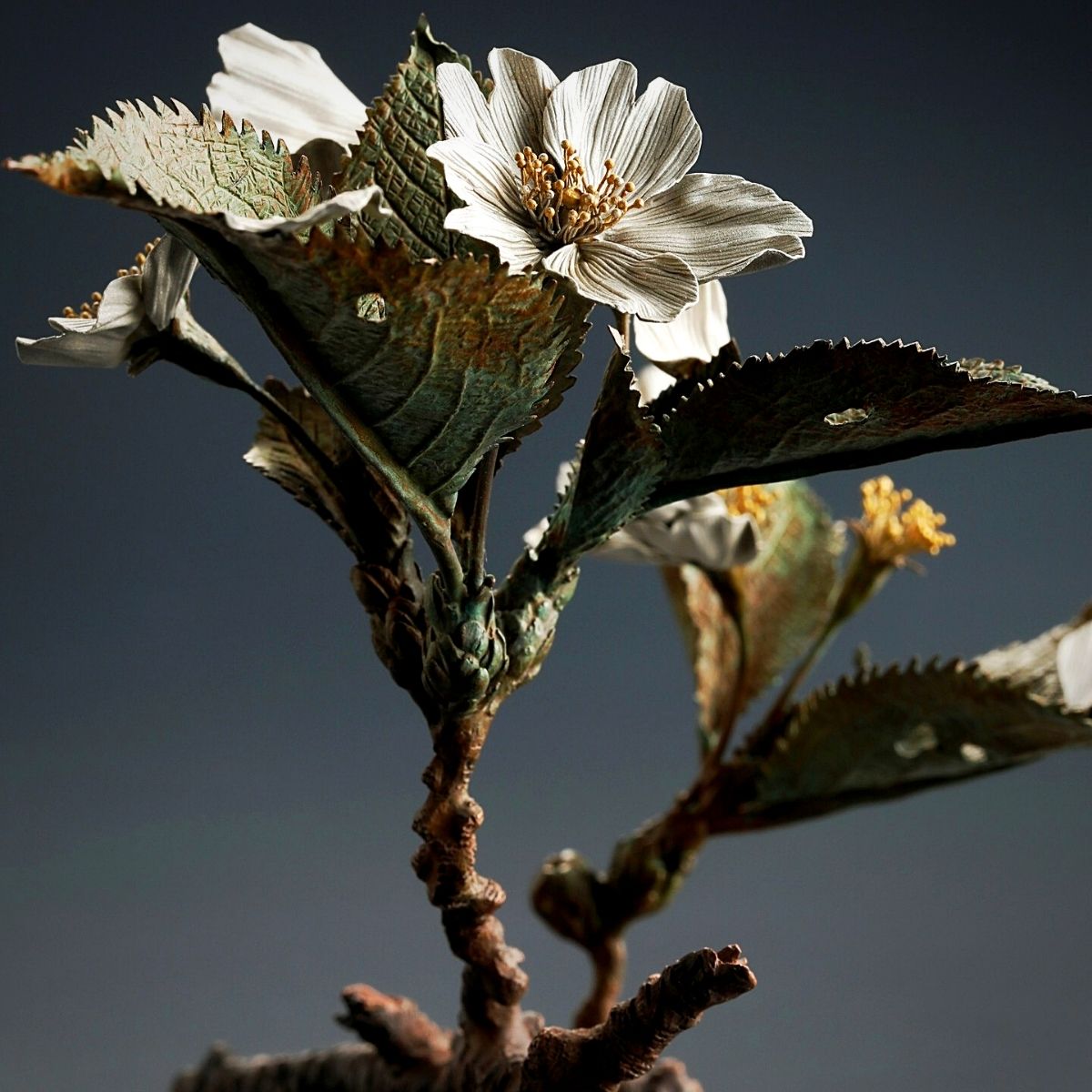
Metal as a Medium of Expression and Preservation of Nature
Suzuki's choice of metal as his primary medium is a deliberate move. Metal offers a unique blend of strength and malleability, allowing him to recreate the elaborate forms and textures of flowers with amazing precision. With his deft hands, he transforms rigid sheets of metal into organic shapes that mirror the delicate curves and contours of petals, leaves, and stems.
The collocation of metal's inherent strength with the delicate nature of flowers creates a fascinating fusion of opposites. It highlights the resilience and vulnerability intrinsic in nature, a pointer to the fleeting nature of life itself.
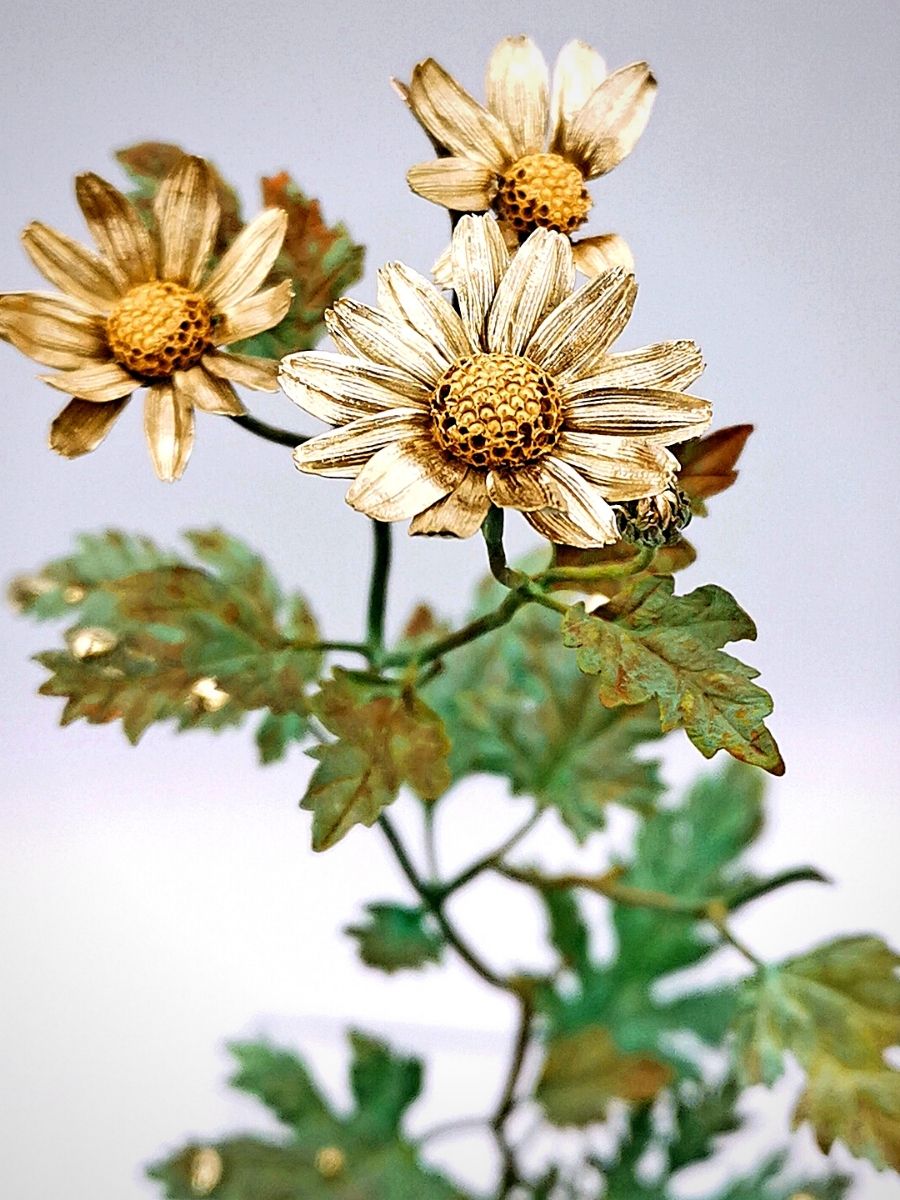
The sculptures are not mere replicas of flowers; they are expressive interpretations that encapsulate the essence of nature's ever-changing beauty. And to further achieve this effect, the artist employs a range of techniques to color and age the metal. Through various chemical processes, such as rusting, sulfurization, and oxidation, he imparts a weathered and textured appearance to his creations. In this context, the application of patinas, including traditional Japanese techniques such as tanpan coloring (*1) and ni-iro (*2), further enhances the sculptures' realism.
*1 Tanpan is a mineral composed of copper sulfate that shows a greenish mottling when fired with sufficient oxygen to react with the glaze.
*2 Ni-iro is the color or coloring method in which metals such as copper alloys are simmered in a pan containing a mixture of copper sulfate and copper carbonate, resulting in a patina on the metal surface.
These coloring techniques help the artist to imbue his sculptures with a nuanced palette of natural hues and subtle tonal variations, ensuring that each petal, with its tarnished edges and intricate veining, showcases the passage of time.

Preserving Nature's Beauty in Metal
The Japanese artist's metal floral sculptures showcase his pursuit of balance between the beauty and energy he finds in both nature and metals. His affection for plant motifs is evident in his work, as he diligently explores the details of flowers and plants, capturing their essence in every sculpture. His use of different types of metal ensures that he blends the attributes of hard metals with the softness and fragility of flowers, creating a pleasant juxtaposition that is both appealing and thought-provoking.
One of Suzuki's notable bodies of work is his series of dandelion sculptures which perfectly embody the ephemeral nature of dandelions, preserving their delicate form in everlasting metal. Each sculpture is carefully crafted to capture the elaborate details of the dandelion's seeds and petals.
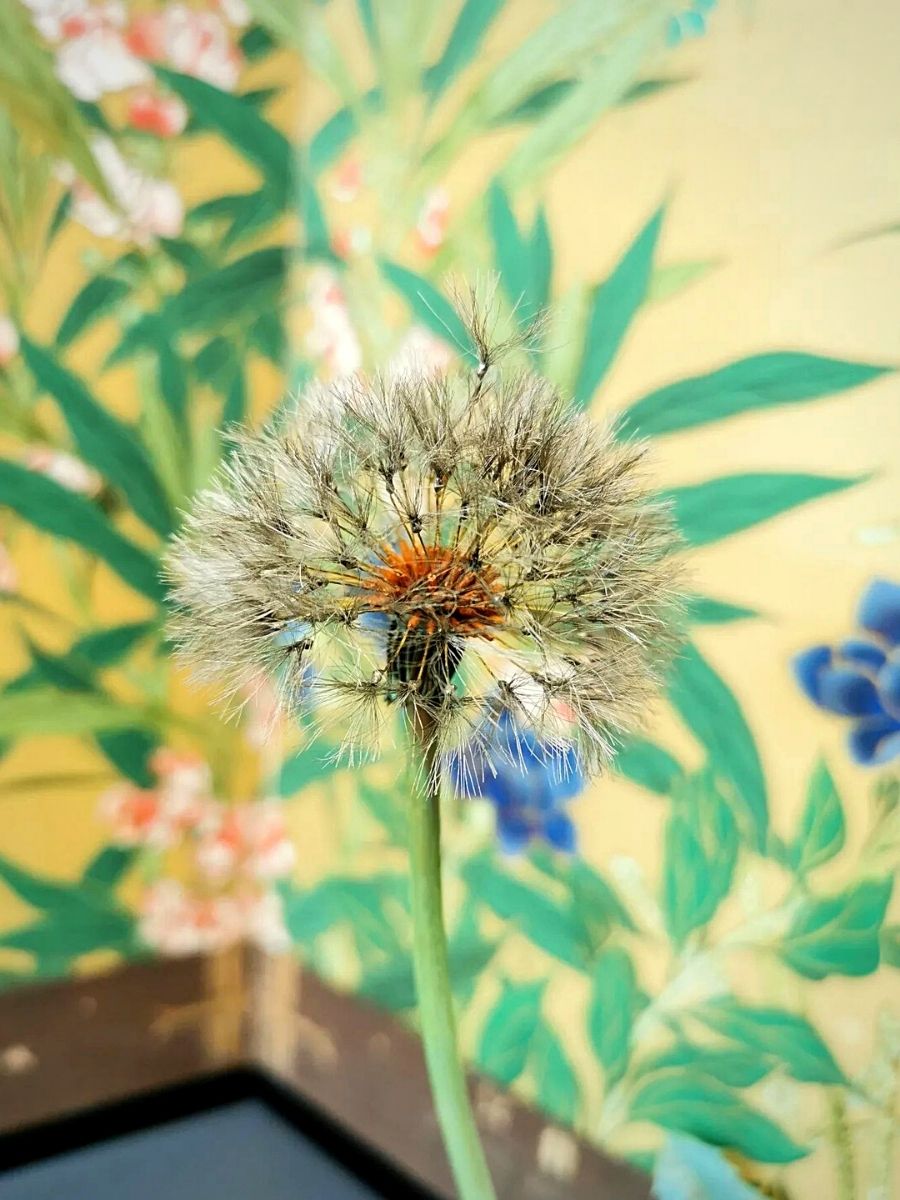
The dandelion series, as well as his other botanical creations, have accordingly earned him international acclaim and have been exhibited in prominent galleries and exhibitions. For instance, the Ippodo Gallery, known for its focus on contemporary Japanese art, has showcased Suzuki's work in solo exhibitions, including the highly anticipated ‘Eternal Garden.’
His craft and obligation to capture the essence of nature in sculptures have, similarly, earned him a special place in the contemporary art world, as each of his sculpture works tells a story that connects audiences with the beauty of the natural world on a deeper level.
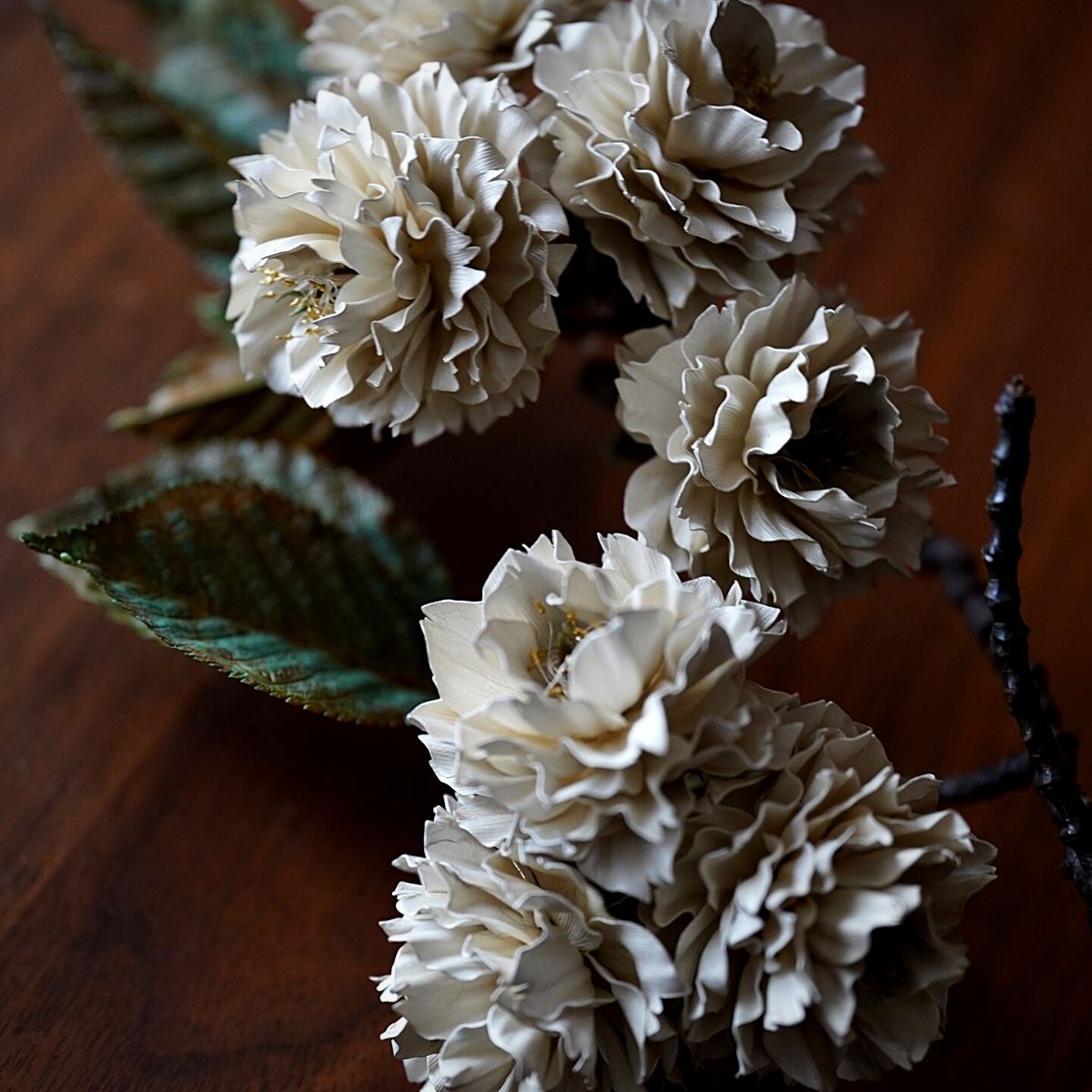
Expressing the Symbolism of Flowers
Flowers have long been cherished for their symbolic meanings and emotional resonance. They are messengers of love, expressions of grief, and celebrations of joy. In this context, Suzuki harnesses the innate symbolism of flowers, infusing the sculptures he makes with deeper layers of meaning.
Here's more about floriography, the language of flowers and how blooms are used to communicate.
Each carefully crafted metal flower, in turn, becomes a vessel for expressing emotion, encapsulating the essence of love, resilience, and the ever-changing cycles of life. And with that, the art presents a platform for deeper dialogues on the metal blooms, encouraging meditation and introspection.

The artist’s metal floral sculptures, as a result, celebrate the delicate beauty and symbolic power of flowers, with his ingenious craftsmanship and deep reverence for nature seemingly giving new life to rigid metal.
Photos from Shota Suzuki's website and Suzuki's Instagram page.

